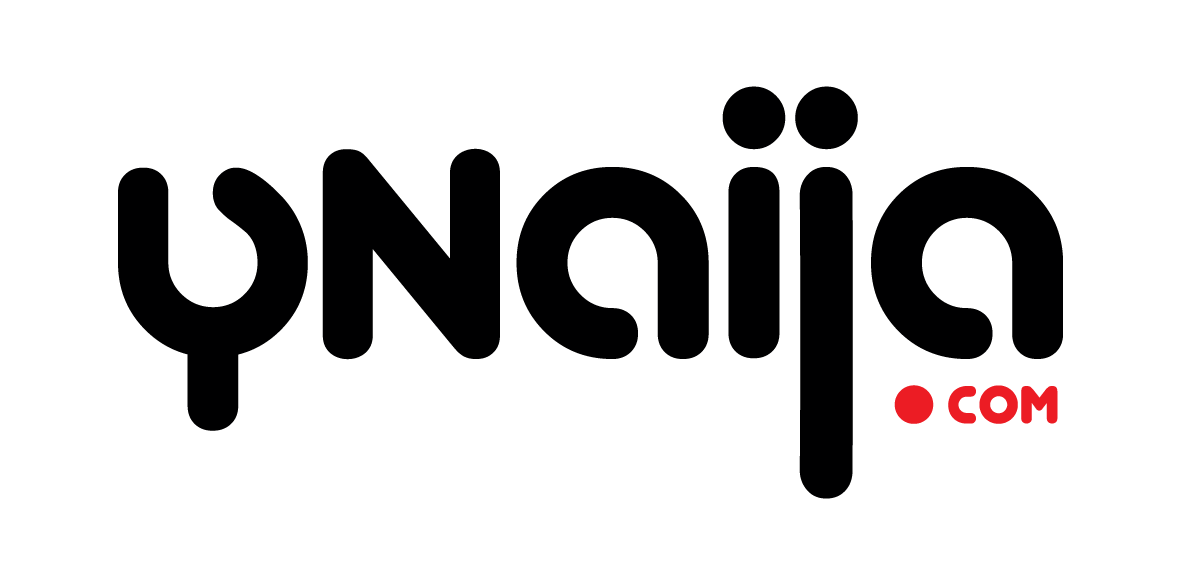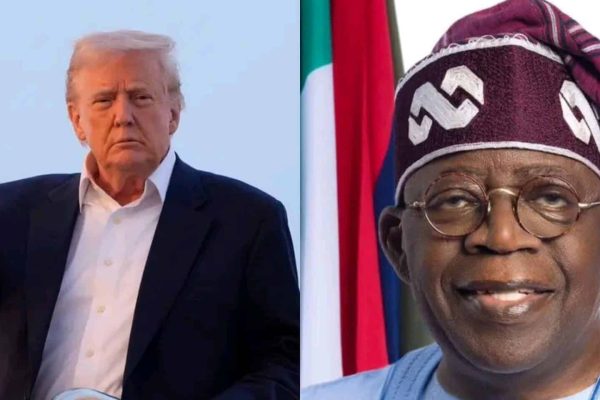by Oluwaseun Adetunji & Uche Briggs
The Nov 8th presidential election is without doubt one of the most dramatic elections in the history of the United States. If we look past the hubris of race, propaganda and media convulsions, the result throws up interesting insights for the management of brands. While the world is stunned at the choice of president, one thing is clear: the democratic candidate grossly failed to understand and take advantage of the mood of key audience: voting Americans.
It is convenient and dismissive to cite racism and/or sexism as reasons for Donald Trump’s shocking win. Only the intellectually lethargic will do that. Other far reaching factors point at something more technical. The world may be shocked and the predominantly progressive media will have us believe that Americans are in a state of dismay but this agenda flies in the face of reason seeing as a whooping 62 million Americans voted for the president-elect. Here are a number of things that standout from a brand perspective.
The Human Factor
The elections witnessed hundreds of ivy-league, experience-bearing people – who are supposedly the best at what they do – deliver the exact opposite of their brief by over-relying on opinion polls and permutations of logic and rational thinking, which is not in itself a bad strategy – if you’re dealing with machines.
The mistake of the campaign team in positioning and selling brand Hillary is the same with quite a number of brand custodians and their brands today, the unfortunate underlying belief that consumers are rational and make buying decisions based on logic. It is underlying because any self-respecting brand manager knows consumers are sometimes (read mostly) irrational and emotional in their buying decisions. Hundreds of research reports and papers exist on it here and here but the innate human subjectivity and ego eclipses that taught knowledge.
Brand managers, like the Clinton campaign team think they know the consumer, because how couldn’t we? We ourselves are consumers. Mistake one. As if that is not enough folly, we sometimes confuse the consumer and the buyer or worse still totally forget they could be different people. The campaign team of brand managers, biased by close proximity to brand Hillary and the product offering, scientifically weighed their product against competition using a set of criteria internally developed and seemingly wide-ranging but coloured by leftist individual subjectivity. They thought – we are Americans and know where the shoe pinches – like brand managers will think, I use detergent in my house too, I know how it should lather and that is how consumers want it to lather. So they put up a list of where the shoe pinches them and played by those rules; foreign relations, retaining America’s global prowess, ‘faux’ ethical governance etc.
How wrong they were proven.
Volume Vs Value:
It is a tragic failing of Hillary’s campaign team to win by more than 2 million popular votes but lose the elections on electoral votes. It demonstrates a lack of understanding of the tenuous balance between volume and value and how they can both be combined adroitly to achieve business goals. HRC over-indexed in states that didn’t matter to the Electoral College above her predecessor Obama, but struggled to gain traction in key states. Although Trump won fewer votes than Barrack Obama in both his elections, he strategically won states where electoral votes counted. Trump strategically ground out results in Florida, Pennsylvania, Michigan – key states in the electoral votes weighting that voted for Obama twice. The result is that he won by over 74 electoral votes. A clinical explanation is available in the Wall Street Journal here.
HRC’s over 2 million lead in popular votes over her counterpart also raises grave questions for business management: Why focus on topline growth while eroding margins? Will the volume you push translate to long term value? How do brands interplay between numeric and weighted distribution for business objectives?
Businesses in Nigeria are learning the hard way to balance both volume and value to long term drive profitability in these austere times. Driving a volume based business; the brand manager must set his sights on the value as well as ensure topline is not growing at the expense of bottom line.
Be sure of product delivery:
The rise of generation Y brand managers has seen a focus on the glitz and frizz of marketing, sometimes at the expense of product delivery. On a global ratio, Hilary was seen as the better candidate. Better temperament, better experience, better plans even better looks here, than Trump. However, the American voters did not see these betterments delivering on brand promise. They did not believe the betterments will cater to their needs. The results of that gap between the consumer’s needs and the aesthetic features of brand Hilary is glaring in the results of the election.
It is important to understand and analyze the strengths and weaknesses of the product from a consumer perspective. Clinton’s wealth of experience which was perceived as a strength was played by the opposition as a major weakness – touting her as part of the old guard. Trump on the other hand got away with advancing the narrative that his utter lack of experience meant he wouldn’t play politics as usual.
Understand Strategies for Growth:
There are 3 key fundamental ways to grow a brand: 1. Generate more consumption from existing users. 2. Attract Competition Users 3. Expand Category Users. Of the three strategies, what caused the most damage to the Clinton campaign is strategy 2. The Clinton campaign ceded white working class wholly to Donald Trump as there wasn’t impactful messaging to address their needs and beliefs. While Clinton ran a campaign focusing on the personality defects of D. Trump, it didn’t move the needle much for the white working class who had legitimate grievances against the establishment.
For brands, whilst it is important to understand you cannot be everything to everybody by having a target audience, narrowed to a bullseye etc., it is equally important not to lose sight of those consumers at the peripheral of your bullseye as well as those at the peripheral of your target audience. The peripheral consumer – voter for Hilary – is that low hanging fruit that a soft, well-tuned wind can blow your way. Nothing in Hilary’s campaign showed a desire to cultivate peripheral voters, the ones who in this case have tipped the scale against her.
Be Ye Not Slothful in Business:
Having a better product is great but never enough. That small disruptive brand just might be the death of you. In 1994, when Cowbell Milk was launched and the family members of founder – Robert Rose where selling sachets from their boots in Mushin market, the marketing team at Peak Milk scorned and rode on their horses. Same may be said of the reception Hypo got when launched in a category with brand giants, Dettol. The number one death of any brand is arrogance. The clip of Barrack Obama teasing Donald Trump about never becoming president exemplifies this.
Clearly, the Trump team, understanding that they needed to get over the glaring deficiencies of their candidate and the mainstream media’s love for HRC, worked extra hard – indeed twice as hard. Trump’s team not only worked harder, they worked with several doses of street smartness. Like that low-end competing brand that the big brand sometimes forgets has little overhead, tax breaks, duty cuts and quality compromises that enable it undercut the big brand. In all the pomp of being the most favoured candidate by internationally (and internally it seemed), brand Hillary campaign managers, like the most favoured nation in an economic arrangement, was cocooned from the innate needs of the masses.
The most important lesson from the election for brand managers, is to always remember that social science class you had in school that said, human beings are unpredictable. Hence, big, small or medium data is not enough. Just scientific data, is not enough. Humans not machines.
For brands, it is to always evolve with your consumer lest fall in the same trap as Blackberry, Yahoo or Hilary.
Op–ed pieces and contributions are the opinions of the writers only and do not represent the opinions of Y!/YNaija
Oluwaseun Adetunji & Uche Briggs are category brand managers in FMCG companies in Lagos, Nigeria. They are founders of The IMC Hub; an assembly of Integrated Marketing Communications experts in Nigeria.















